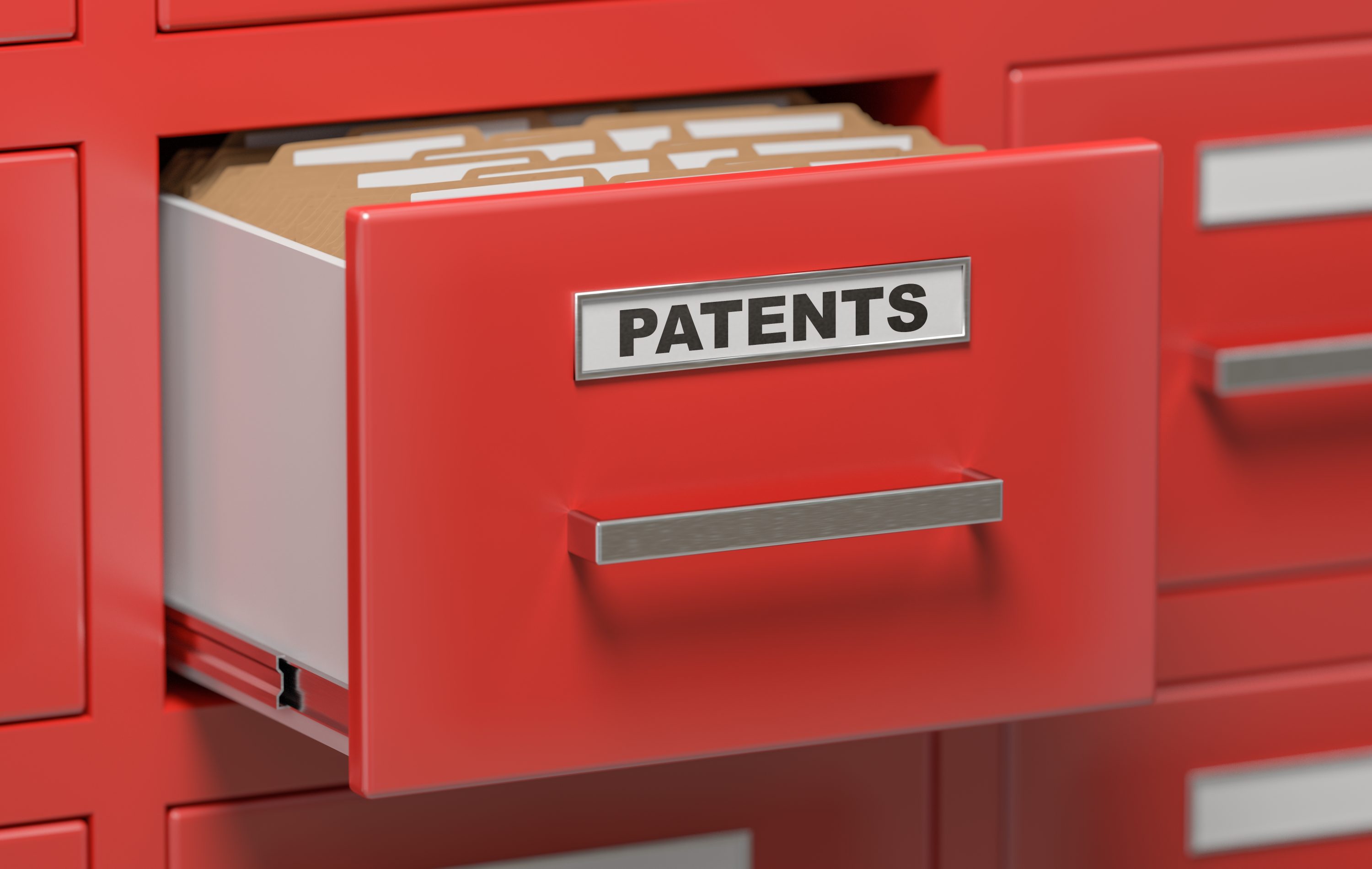How to File a Patent Application for a New Product or Invention

For many inventors, a patent is one of the most worthwhile investments one can make—the patent laws ensure that anyone who “invents or discovers any new and useful process, machine, manufacture, or composition of matter, or any new and useful improvement thereof, may obtain a patent therefor.” Without a patent, an opposing or competing party may be able to make and profit from your invention. In an effort to prevent this and to protect your inventions, patents are essential.
Is a patent even a possibility?
In order for your invention to qualify for a patent, the invention must not only be new, but it must also be useful and non-obvious. For instance, the United States has a “First-Inventor-to-File” patent system, meaning that the application filing date could control patent rights, regardless of the date of invention. Particularly, at the time of filing the patent application, the invention must not have been (a) publicly disclosed, on sale or in use by anyone other than the inventor, or (b) publicly disclosed, on sale or in use by the inventor for more than one year. In this manner, you should move swiftly and secretly in terms of applying for a patent.
Also keep in mind that “ideas” are generally not patentable, inventions are. For example, the idea for a machine used to sort clothing by color, by itself, may not be patentable, unless you are able to describe how the machine would perform that function. Thus, the patent application must disclose the invention with enough details and specificity such that those skilled in the art are able to make and use the invention.
Do you need a patentability search?
Need Professional Assistance?
Our professional attorneys are experienced with patent law. We can help you work through the patent application process.
The initial steps of understanding where your invention stands within its industry are crucial. Thus, prior to submitting a patent application, a patentability search is often strongly recommended.
For instance, although you are encouraged to survey the market for any similar products that may exist, a patentability search is designed to identify issued U.S. patents and published U.S. patent applications that relate to the invention or that would otherwise impact the ability for you to obtain a patent on your invention. Oftentimes, an invention may be patented, but the product never makes it to the market. For this reason, a patentability search is almost always an important first step.
Although the USPTO maintains an official patent library in Virginia, many patent searches are now conducted online, for example, through the USPTO’s official online database, as well as through other online resources. There are many different patent searching strategies and techniques, including the use of keywords, searching various U.S. and international patent classes, and following citations provided on similar patent references.
Enlisting the help of a patent lawyer is strongly encouraged to ensure that the search is performed correctly, and to potentially increase the chances of success for your subsequently filed patent application.
What does the patent application process look like?
If the results of the patentability search are favorable, meaning that it appears that at least some portion of the invention may be patentable, then the next step in the process would be to file a U.S. patent application.
There are two main types of patent applications that you might consider, depending on the content of the invention or the aspects of the invention in which you are seeking to protect. Those two main types of patent applications include a design patent application and a utility patent application.
A design patent application is directed solely to the ornamental shape or the aesthetic, non-functional features of your invention, or in other words, how the invention looks. A utility patent application, on the other hand, will seek to protect the functional and/or structural aspects of an invention, or in other words, how the invention works.
There are two options, at least initially, for a utility patent application – a provisional patent application and a non-provisional patent application.
1) A provisional patent application, which holds the applicant’s place for one year with a priority filing date, is an often-overlooked tool that can prove to be exceedingly useful. In some cases, it may be helpful to file a provisional patent application, as it may provide you with additional time to perfect and market the invention with the ‘patent pending’ label for one year.
2) A non-provisional patent application, which is often considered the regular or standard patent application, will be assigned to a Patent Examiner for review upon its filing with the U.S. Patent & Trademark Office. If you opt for the provisional application first, you must file the non-provisional application within one year of the filing date in order to proceed toward examination of the invention.
It is also important to note that the patent application process is lengthy, and it can often take over a year before a first substantive response is received from the USPTO. If the patent application is rejected, you are given an opportunity to respond with an amendment and legal arguments in an effort to convince the examiner otherwise. In order to navigate this process, obtaining professional legal assistance is strongly encouraged.
Do you need assistance with a trademark matter?
Contact an Attorney Today